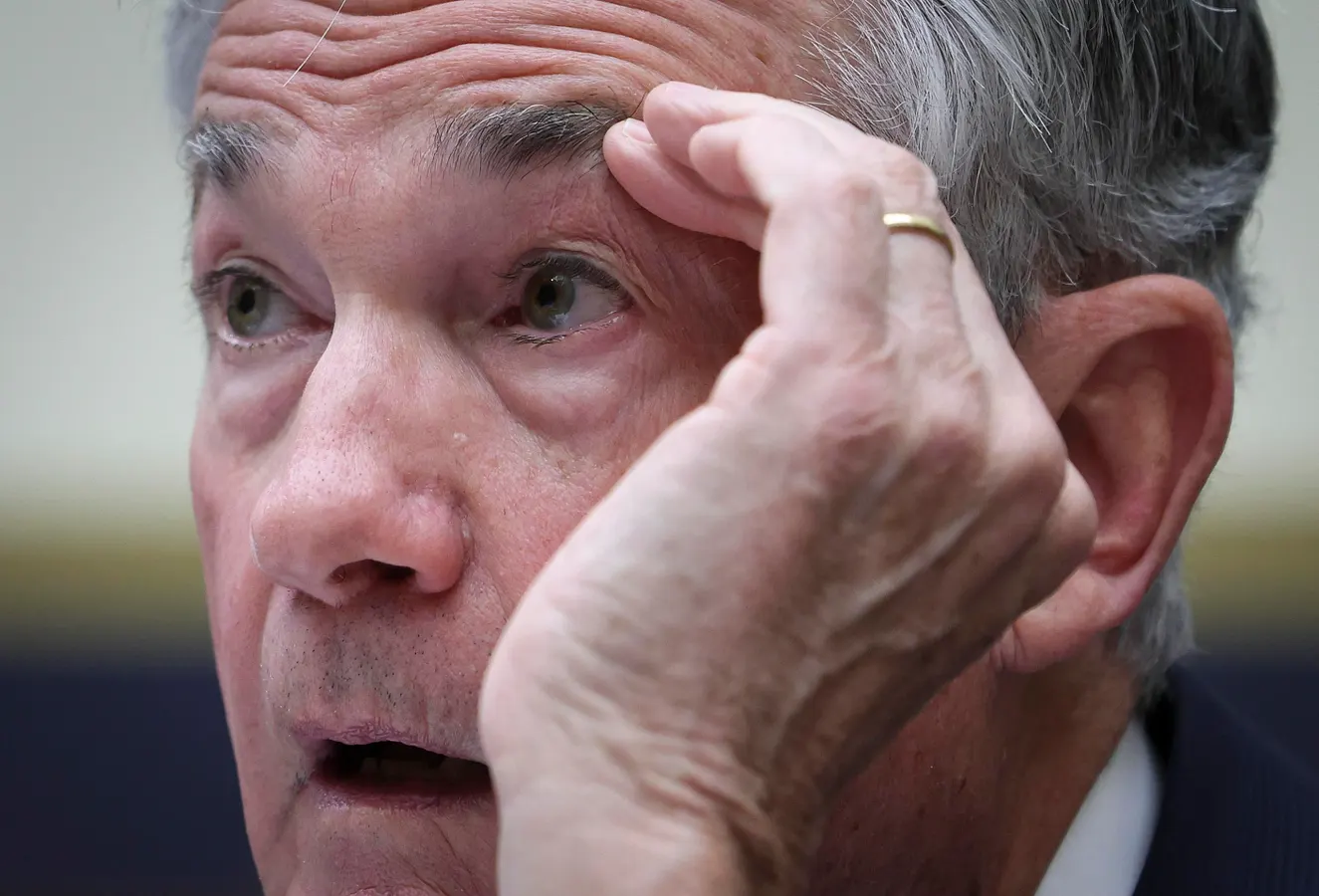Copyright Forbes

In 2025, leaders are steering through a perfect storm of volatility. Inflation remains sticky in key markets. Geopolitical tensions from trade tariffs to regional conflicts are disrupting supply chains. Budget pressures, delayed projects, and organizational restructuring have become constants rather than exceptions. Amid these headwinds, the traditional executive toolkit built around annual forecasts and multi-year strategies is showing its limits. According to PwC’s 2024 Report, more than 60% of leaders say they have faced more change in the past year than in the year before. It’s important to note that the static playbooks can’t navigate dynamic markets. Instead, leaders must anchor on adaptability driven by first principles and executed with clarity and precision. Below are three cornerstone principles defining the new leadership playbook for thriving amid uncertainty. Anchor on First Principles, Not Forecasts When markets shift unpredictably, forecasts quickly become fiction. Instead, resilient leaders ground their decisions in first principles, the core truths of their business that remain constant regardless of macro volatility: customer needs, mission, and value creation. Executives should ask: What are our unshakable value drivers? Whether it’s trust, innovation, or customer experience, those fundamentals become the compass when external signals are noisy. In uncertain markets, discipline around what’s timeless beats chasing what’s trending. MORE FOR YOU Shorten Planning Cycles To Navigate Blind Spots Long-range planning has lost its edge. According to Gartner’s 2025 Leadership Report, leading organizations are replacing annual plans with rolling 90-day strategy cycles to sustain performance amid constant volatility. Executives are prioritizing cost-efficiency measures (77%), pricing adjustments (51%), automation through AI and robotics (48%), and stronger value communication to customers and stakeholders (48%). These shorter cycles enable rapid realignment as conditions evolve, whether from new tariffs, delayed deliverables, or shifting cost structures. Adaptive enterprises now treat strategy as a living system, not a static presentation, reviewing leading indicators monthly, making swift trade-offs, and reallocating resources dynamically. The rhythm of decision-making now mirrors the rhythm of the market. Empower Distributed Decision-Making Uncertainty magnifies the cost of slow decisions. In today’s volatile environment, waiting for top-down approvals often means missed opportunities and amplified risks. The most agile organizations are flattening hierarchies and empowering those closest to the data, customer, and market signals to make real-time decisions. According to Deloitte’s 2020 Insights Report, organizations with high design maturity share common traits: they simplify and clarify decision rights, establish transparent accountability, align decision-makers around a shared mission, encourage distributed authority, and prioritize the customer’s voice in every decision. Empowerment doesn’t mean disorder; it means defining clear decision rights, governance boundaries, and shared principles so that autonomy operates within alignment. When everyone understands the mission and guardrails, bureaucracy gives way to responsiveness. In times of uncertainty, clarity of principles beats layers of process every time. Navigating Ambiguity Through Resilience Uncertainty is no longer a temporary condition; it’s the defining context of modern leadership. The executives who excel won’t be those who forecast the future with precision, but those who build organizations capable of adapting in real time. By anchoring on first principles, compressing planning cycles, and distributing decision-making, leaders transform volatility from a constraint into a competitive edge. Resilience today is less about endurance and more about agility with intent. Thriving amid constant disruption means acting decisively, learning continuously, and leading with clarity when the path ahead remains unclear. For forward-looking organizations, resilience isn’t about standing still against the storm; it’s about moving with purpose while the world shifts around you.



